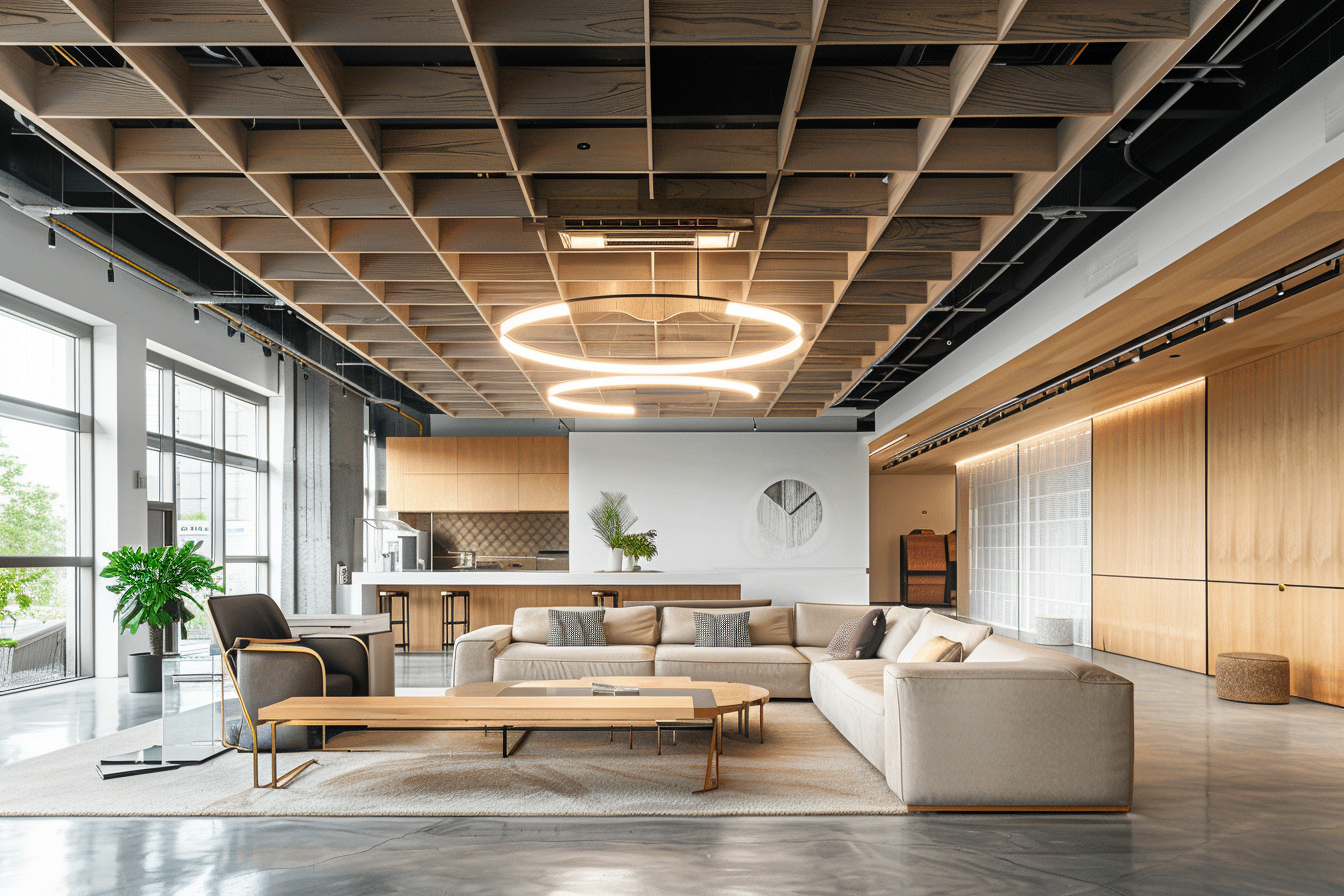Interior Architecture vs. Interior Design

1. Introduction
In the world of built environments, two disciplines often misunderstood or used interchangeably are interior architecture and interior design. While they are closely related and often collaborate, they serve different roles in the creation and transformation of interior spaces. For recent architecture graduates, understanding the distinction—and the relationship—between the two is essential for professional clarity, interdisciplinary collaboration, and career development. This article explores the core differences and overlaps between interior architecture and interior design, discusses how each field contributes to projects, outlines regulatory and educational differences, and highlights how these disciplines come together in real-world applications. By grounding the discussion in practical insights, the article serves as a foundational guide for young professionals entering the field.
2. Definitions and Scope
Interior Architecture: Interior architecture involves the design of interior spaces with a strong emphasis on spatial planning, structural elements, and building systems. It bridges architecture and interior environments, often dealing with:
- Spatial configuration
- Structural adaptations
- Mechanical and electrical coordination
- Building codes and regulations
- Sustainable and adaptive reuse of buildings
Interior Design: Interior design focuses more on the aesthetics and functionality of interior environments. It involves:
- Selection of materials and finishes
- Color theory and composition
- Furniture layout and selection
- Lighting design
- Human behavior and ergonomics
Pro Tip:Interior architecture is licensed in some jurisdictions and requires architectural training, while interior design may or may not require certification depending on local regulations.
3. Education, Certification, and Legal Differences
- Interior Architecture is typically studied within an architecture degree (B.Arch or M.Arch). Graduates may pursue licensure as architects.
- Interior Design is often offered as a separate degree (BFA, BA, or BS in Interior Design). Certification bodies include NCIDQ (North America), BIID (UK), etc.
- Regulations: Some regions differentiate the practice legally. For example, in the U.S., only licensed architects can move or alter structural components.
Pro Tip: In jurisdictions with strict codes, collaborating with an interior architect is crucial to avoid legal and safety pitfalls during renovations or adaptive reuse.
4. Core Responsibilities and Deliverables
| Discipline | Typical Deliverables | |
|---|---|---|
| Interior Architecture | Floor plans, RCPs, code analysis, detailing | |
| Interior Design |
|
Pro Tip:On large-scale projects, interior designers often work under the direction of interior architects or collaborate directly with architects to ensure code compliance.
5. Areas of Overlap and Collaboration
- Space Planning: Both professionals may draft layouts, but interior architects consider wall shifts or HVAC conflicts.
- Material Selection: Designers lead, but architects must ensure compatibility with fire ratings or structural requirements.
- Lighting: Designers focus on ambiance; architects may consult on daylight penetration and fixture integration.
Case Study 1: The High Line Hotel, New York City
- Architects: Roman and Williams
- Highlights: Adaptive reuse of a historic building with new spatial configurations, while interior designers layered contemporary finishes.
- Result: A seamless blend of old structure and modern ambiance.
6. Contextual Considerations (Climate, Urban/Rural, Scale, Budget)
- Climate: Interior architecture must address insulation and HVAC systems. Interior design adapts with appropriate materials and furniture.
- Urban vs Rural: Urban projects demand spatial efficiency; rural ones might allow more experimentation in zoning and flow.
- Budget: Interior architects often work with larger structural changes (higher cost). Interior designers offer budget-conscious transformation through finishes and furnishings.
- Scale: At a larger scale, the line between disciplines becomes more pronounced due to complexity and regulation.
Pro Tip: Start every project by identifying the constraints—legal, spatial, and budgetary—before proposing design solutions. It saves time and avoids rework.
7. Real-World Case Studies
Case Study 2: The Edge, Amsterdam (Deloitte Headquarters)
- Architects: PLP Architecture
- Interior Designers: Fokkema & Partners
- Key Elements:
- Interior architecture: integration of smart systems and flexible workspaces.
- Interior design: branding, ergonomic furniture, and material selections.
- Outcome: The world’s most sustainable office (BREEAM rating), balancing architectural innovation and interior design excellence.
Case Study 3: Maggie’s Centre, Leeds
- Architects: Heatherwick Studio
- Interior Designers: Maggie’s in-house team
- Features:
- Emphasis on healing environments.
- Interior architecture created organic volumes and daylight access.
- Interior design softened spaces with tactile materials and residential comforts.
8. Conclusion Understanding the relationship between interior architecture and interior design is not only about terminology—it’s about collaboration, responsibility, and vision. Each discipline brings unique strengths to the table, and when well-aligned, they create interiors that are not only beautiful but also functional, safe, and enduring. For recent graduates, recognizing the boundaries and synergy between these fields empowers better communication on multidisciplinary teams, more informed career decisions, and ultimately, better design outcomes. Whether you aim to specialize or collaborate across disciplines, knowledge of both realms is indispensable in today’s built environment.